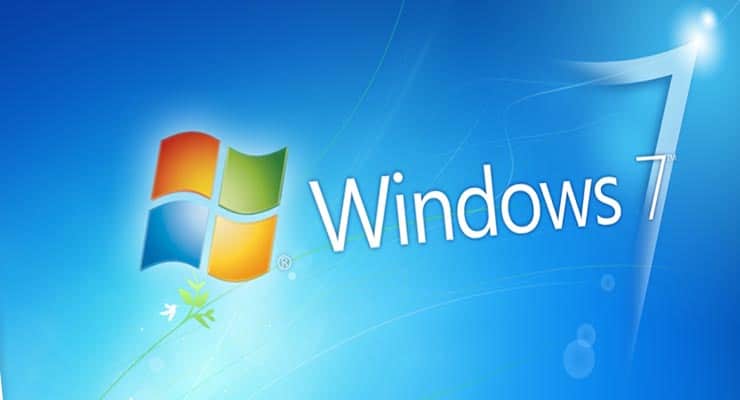Windows 7 has exactly ONE YEAR left of extended support
There is exactly one year left of support for Windows 7, as the operating system nears the end of its shelf life.
Released in 2009 only 3 years after the immensely unpopular Windows Vista, the comparatively lightweight Windows 7 proved to be one of Microsoft’s more popular operating systems.
And as with most Windows operating systems, the ten year anniversary marks the beginning of the end for Windows 7, which in exactly one year from the date of this article (January 14th) will see its support from Microsoft officially end.
Sponsored Content. Continued below...
Windows 7, as with its predecessors, enjoyed 5 years mainstream support followed by 5 years extended support. And when that extended support comes to an end on January 14th 2020, the game is up, and those using the operating system are urged to upgrade (though they should preferably be looking to upgrade before that date.)
What happens when extended support for an operating system expires?
This is the date when Microsoft will stop providing updates to the operating system. This is important because that means security updates and fixes are no longer provided, meaning the software is vulnerable to attackers.
Security vulnerabilities are always being found on Microsoft operating systems, both new and old. Windows users rely on Microsoft providing fixes for those vulnerabilities as soon as possible to keep them safe. But in one year’s time, Windows 7 users will no longer have that luxury. And that means vulnerabilities that are found will no longer being fixed. As such, still using out-of-date software is a big security no-no.
Sponsored Content. Continued below...
Of course Windows 7 will still continue working, and those using the operating system on machines that are not connected to the Internet are presented with a minimal risk. But these days, using a machine offline isn’t particularly common, and so Windows 7 users should be looking to upgrade.
However history has shown us that users often ignore such security advice, as is evident by thousands of users and businesses still clinging to the now archaic Windows XP operating system that fell out of support back in 2014. And it was people’s unwillingness to let go of Windows XP that was partially responsible for a number of ransomware attacks that used a computer worm to spread across networks crippling thousands of computers across Europe in 2017.
Once Windows 7 reaches the end of its life cycle, the only two supported desktop Microsoft operating systems at the time of writing will be Windows 8.1 (the free upgrade to Windows 8) and Windows 10.
Continued below...
Thanks for reading, we hope this article helped, but before you leave us for greener pastures, please help us out.
We're hoping to be totally ad-free by 2025 - after all, no one likes online adverts, and all they do is get in the way and slow everything down. But of course we still have fees and costs to pay, so please, please consider becoming a Facebook supporter! It costs only 0.99p (~$1.30) a month (you can stop at any time) and ensures we can still keep posting Cybersecurity themed content to help keep our communities safe and scam-free. You can subscribe here
Remember, we're active on social media - so follow us on Facebook, Bluesky, Instagram and X
